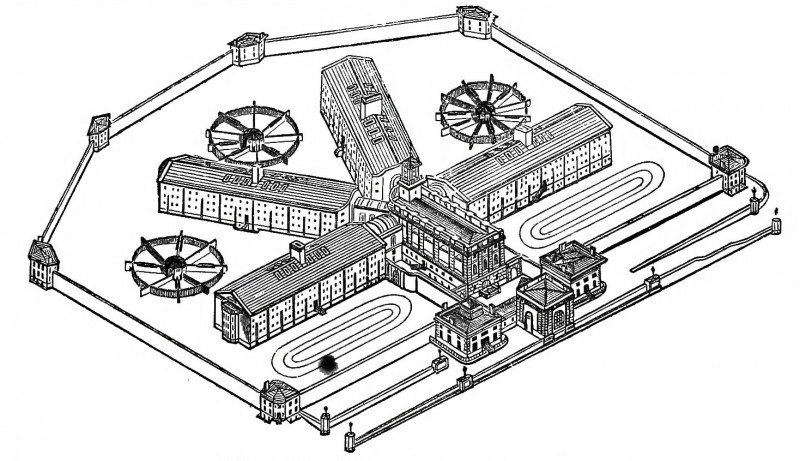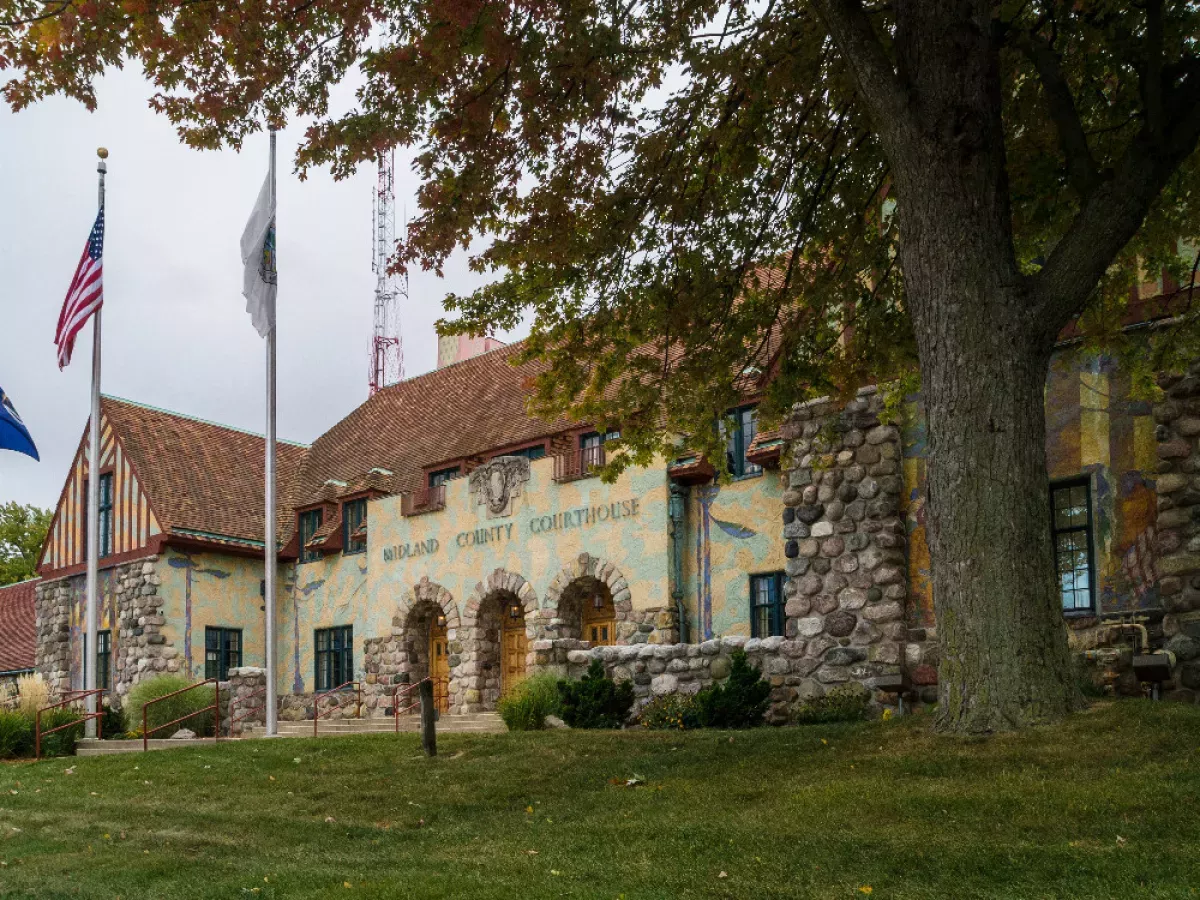"Midland is a city in Michigan, serving as the county seat of Midland County. As per the 2020 census, the city had a population of 42,547. Midland holds the distinction of being the primary city within the Midland Metropolitan Statistical Area, which itself is a component of the more extensive Saginaw-Midland-Bay City Combined Statistical Area."
May 30, 1936: Jack Barstow Municipal Airport Dedicated
On May 30, 1936, the Jack Barstow Municipal Airport in Midland, Michigan was dedicated. This general aviation airport, operated by the city, serves general aviation aircraft.
1967: Dow Chemical Nuclear Reactor Achieves Criticality
In 1967, Dow Chemical achieved criticality on a 100 kW nuclear research reactor at its Midland facility. The reactor was primarily used as a neutron source and for sample irradiation, and it continues to operate.
1968: Construction Begins on Midland Nuclear Power Plant
Consumers Power initiated the construction of a nuclear power plant in Midland, Michigan in 1968. The plant, primarily intended for Dow Chemical Company, had an initial budget of $257 million and was expected to be completed in 1972.
1969: Midland Urban Growth Area (MUGA) Established
In 1969, the city of Midland, Michigan established the Midland Urban Growth Area (MUGA), a two-mile territory surrounding the city limits. This was an attempt to manage urban sprawl by controlling water services to communities outside the MUGA.
1972: Expected Completion of Midland Nuclear Plant
The Midland Nuclear Power Plant, under construction since 1968, was initially projected to be completed in 1972. However, the project faced significant construction challenges and delays, pushing back the completion date.
1979: Three Mile Island Accident Impacts Midland Plant
The Three Mile Island nuclear accident in 1979 had significant repercussions for the Midland nuclear plant project. The accident led to major changes in nuclear regulatory requirements, necessitating costly redesigns and contributing to the project's delays.
1984: Midland Nuclear Plant Project Abandoned
After years of delays, escalating costs, and the discovery of structural issues, Dow Chemical terminated their contract for the Midland nuclear plant in 1984. The project's failure, with a $4.1 billion investment, nearly led to the bankruptcy of Consumers Power.
1985: Partnership Formed to Convert Nuclear Plant
In a bid to salvage the abandoned Midland nuclear plant, Consumers Power formed a partnership with eight other companies in 1985. Their goal was to convert the facility into a gas-fired power plant.
1986: Transformation of Nuclear Plant Begins
The conversion of the abandoned Midland nuclear plant into a gas-fired power plant commenced in 1986. This $500 million project aimed to repurpose the facility and mitigate the financial losses incurred from the failed nuclear project.
1991: Revision of MUGA Policy
Midland's MUGA policy, established in 1969, was revised in 1991 through a series of Urban Cooperation Act Agreements with neighboring townships. This allowed for case-by-case redrawing of the MUGA line and the sale of water to surrounding townships without requiring annexation.
1991: Midland Cogeneration Venture Begins Operation
The Midland Cogeneration Venture, a gas-fired power plant converted from the abandoned nuclear plant, began producing power in 1991. This successful transformation restored confidence in Consumers Power and the plant now supplies a significant portion of Michigan's power.
May 19, 2020: Sanford and Edenville Dam Failures
On May 19, 2020, the Sanford and Edenville dams in Midland, Michigan failed, causing a major flood event. The failure led to the evacuation of 10,000 Midland residents, with predictions of significant flooding. Michigan's Governor declared a state of emergency in response.
Mentioned in this timeline

Edenville Dam was an earthen embankment dam located in Mid...
Michigan is a peninsular state in the Great Lakes region...

A state of emergency grants governments extraordinary powers during crises...

Annexation in international law is the forceful seizure and claim...
Trending
22 days ago Marcus Freeman: Notre Dame coach considered for Giants head coaching vacancy in NFL.
Emeka Egbuka is an American football wide receiver for the Tampa Bay Buccaneers of the NFL He played college football...

7 months ago George Wendt, 'Cheers' Star, Remembered Fondly After Death; Sudeikis Shares Memory

2 months ago LoL Worlds 2025: T1 vs Gen.G Final Forecasted to Break Viewership Records

5 months ago Ukraine and Russia Complete Prisoner Exchange: Over 1,000 Return Home
1 month ago Polls Indicate Negative Voter Sentiment Towards White House Handling of the Economy.
Popular

XXXTentacion born Jahseh Dwayne Ricardo Onfroy was a controversial yet...

Ben Shapiro is a prominent American conservative political commentator media...

Candace Owens is an American conservative political commentator and author...

William Franklin Graham III commonly known as Franklin Graham is...

Tucker Carlson is an American conservative political commentator known for...
The Kennedy Center Honors are annual awards recognizing individuals and...
